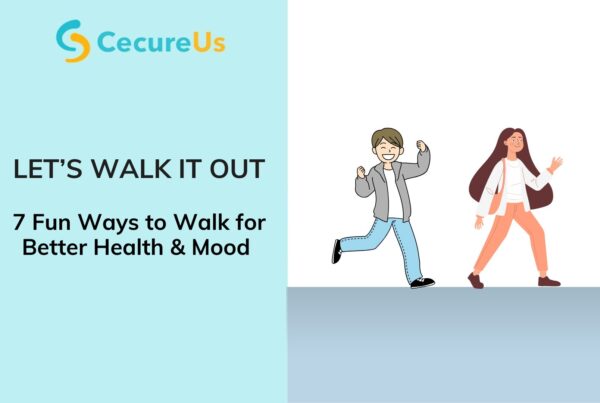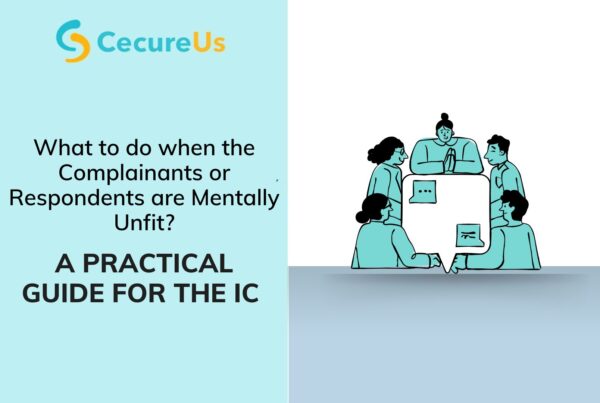
Nimith, a manager at a textile mill, gets the diagnosis for severe hearing impairment (61-80 dB) in one ear. He gets irritated, angry and disturbed more often than normal. Lately, he had difficulty keeping up with colleagues on the phone. He was missing the instructions and there were communication gaps during the conversations. This became obvious in one of the face-to-face conversations with his subordinates. Rajan, his subordinate, discovered that Nimith could hear certain words if shouted into his better ear. Rajan was sensitive enough and reported this to the other senior manager. Nimith was immediately put on Audiometry tests and a series of other tests. The result is, that he has a hearing impairment in one of his ears. Constant exposure to loud noise caused an increase in sound intensity. This sound intensity of greater than 70 dB caused hearing loss. Currently, Nimith is under treatment and medications. Many Indian workers working in heavy industries like mining suffer hearing loss. 17% of adults aged 20-69 years suffer from permanent hearing loss due to noise.
A lot of people end up without a job. Some are unable to secure employment that matches their skills and qualifications. Though Nimith receives compensation through the Workman’s Compensation Act and other acts. Still, there is very little awareness about this hidden disability.
Hearing loss – a Hidden Disability
Hearing loss is also known as an invisible disability. We can identify a cast on an injured person’s leg by looking at him. Hearing loss is not obvious as it is not visible by looking at them. It is tragic to know that only 1 in 5 who have hearing loss seek treatment. The rest goes untreated. In India, approximately 63 million people suffer from significant auditory impairment.
Acquired hearing loss
Acquired hearing loss appears as a result of a disease, a condition or an injury. ACH usually appears after birth, at any time in one’s life. NIHL (Noise-Induced Hearing Loss) is partial or complete hearing loss in one or both ears. This occurs as a result of one’s employment. For example, employment in industries like textile, printing, and mining. These industries are responsible for excessive and hazardous noise. NIHL is the second most common form of acquired hearing loss.
Hearing loss due to devices like earphones
Headphones and earbuds can cause noise-induced hearing loss (NIHL). Globally, around 1 billion teenagers are at risk of hearing loss due to excessive use of these headsets. Bluetooth headsets are not harmful to your health. Overuse of these devices can cause permanent damage to the ears and deafness. We can prevent this by reducing the volume and the exposure time.
Hearing loss and mental trauma
Hearing loss has a profound impact on daily life, health and well-being. Persons with hearing impairment have difficulty of various degrees in hearing sounds. People with hearing loss will not be able to communicate with family and friends. This makes them face social isolation, feelings of loneliness and depression. On the emotional level, they may feel anger, anxiety, and frustration in life. This leads them to insomnia and fatigue. Other health effects of hearing loss are headaches, lack of concentration and irritation. We can understand the mental trauma and helplessness they are going through.
How can we support them
Adapting to life with a disability is not easy. Appropriate treatments, hearing aids, and protectors can help and support. Mandatory education and training programs will raise awareness about noise hazards. Employers and co-workers in the workplace can do the following measures:
When approaching a co-worker with a hearing disability be empathetic and not sympathetic.
- Move past their hearing impairment and concentrate on getting to know them as a person.
- Provide them with hearing protectors like earmuffs, ear plugs and ear canal caps at the workplace.
- Employers can arrange for staff training programs on deafness issues.
- Employers should conduct a sign language training program for all employees.
- Employers should ensure that the workplace is well-lit and allows natural light. This helps in better face-to-face conversation.
- Communicate with them through facial gestures and sign language. You can also write down what you want to communicate. Also, you can ask them how best to communicate.
- Make sure the workplace is well signposted.
- The employer should ensure that the workplace should be with minimal background noise.
- Ensure that hearing-impaired workers understand all evacuation procedures during emergencies. A written instruction booklet can be kept handy.
- Use a ‘visual alert system’ such as a flashing light on any device that is a health or safety risk.
- Some of the suggested equipment for smooth office work are:
- Telephone typewriter
- Volume-enhanced telephone
- FM and infrared listening systems
- Audio loop – a wire loop that encircles a particular area (such as a conference room). It provides amplified sounds to the person via their hearing aid.
International Sign Language Day
The UN proclaims 23rd September as the “International Sign Language Day” to create awareness of this hidden disability. It also protects the human rights of the hearing impaired.
Let’s be supportive, empathetic and inclusive of the people with hearing impairment. Let’s build a supportive environment to make them feel empowered and capable, rather than hindered or inferior.
Please reach out to us for any queries on Understanding Hearing Loss as a Hidden Disability.
For more blogs and articles, visit our official website. Contact us for workshops and queries related to POSH, EAP (Employee Assistance Program,) and Diversity and Inclusion.




